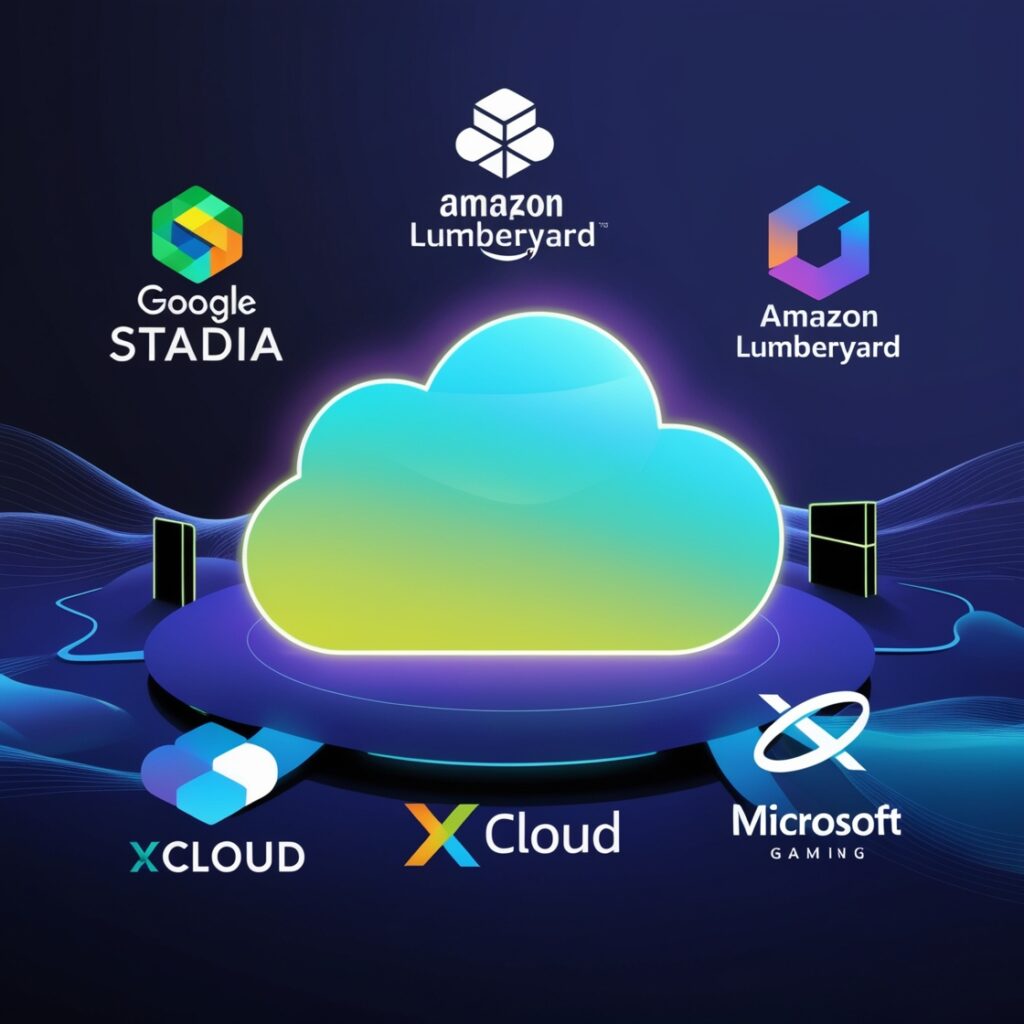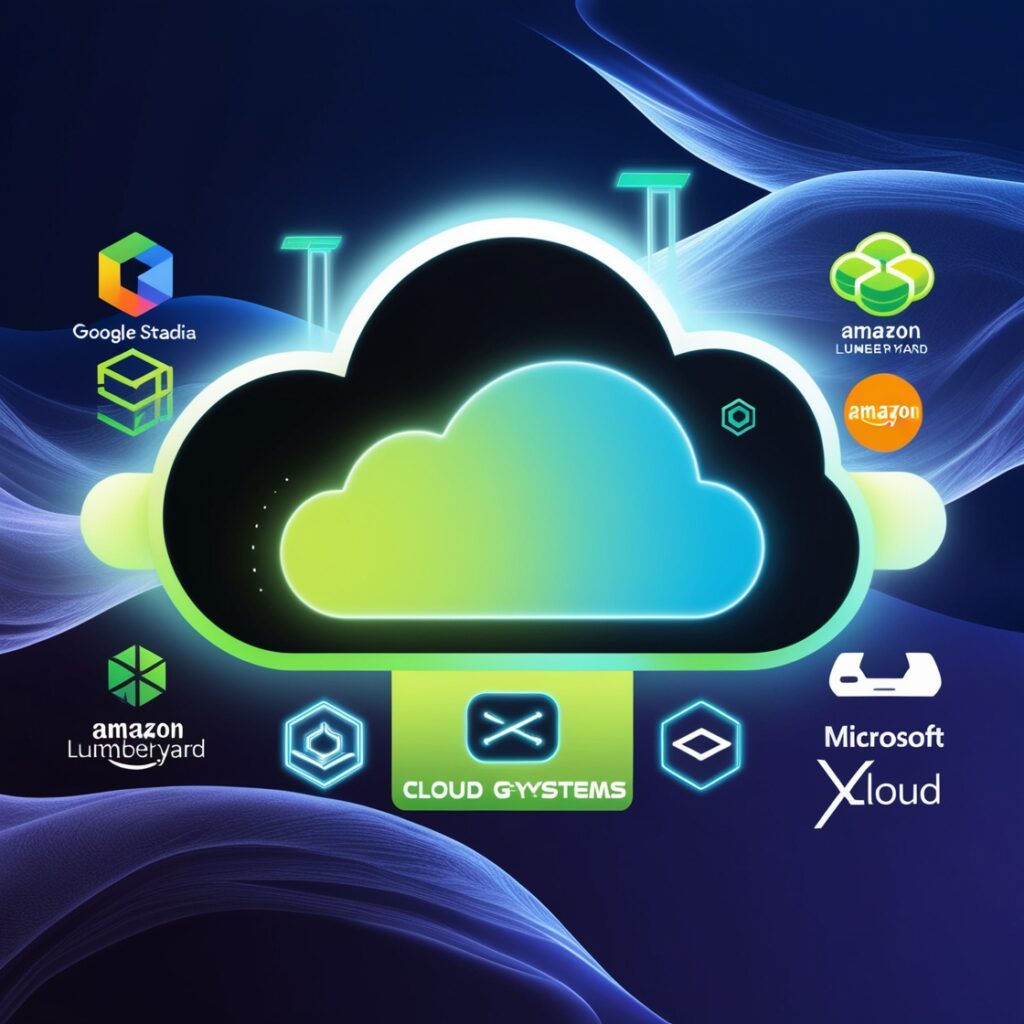As the gaming industry evolves, cloud-based gaming systems are revolutionizing the way players access and enjoy games. By eliminating the need for high-end hardware, these systems enable users to stream games directly from the cloud, making gaming accessible to a broader audience.
If you’re wondering how to build a cloud-based gaming system from scratch, this guide covers everything from foundational technologies to implementation strategies.
What is a Cloud-Based Gaming System?
A cloud-based gaming system allows users to play games over the internet without needing powerful local hardware. The games run on remote servers, and the video output is streamed to the user’s device, while inputs (like keystrokes or joystick movements) are sent back to the server.
Why Build a Cloud-Based Gaming System?
1. Accessibility: Play games on any device, from smartphones to low-end PCs.
2. Cost-Effective: Gamers no longer need to invest in expensive hardware.
3. Global Reach: Deliver games to players worldwide without geographical restrictions.
4. Future-Proof: Stay ahead in the gaming industry as the demand for cloud gaming grows.
Steps to Build a Cloud-Based Gaming System
1. Understand the Core Technologies
To create a robust system, familiarize yourself with the following technologies:
• Cloud Computing Platforms: Use services like AWS, Google Cloud, or Microsoft Azure to host and run games.
• Virtual Machines (VMs): Provide isolated environments for running games.
• GPU Acceleration: Leverage powerful GPUs on the cloud for rendering high-quality graphics.
• Streaming Protocols: Use protocols like WebRTC or RTSP for low-latency game streaming.
2. Choose the Right Infrastructure
Hardware Requirements
• High-Performance Servers: Equipped with GPUs (e.g., NVIDIA A100 or RTX series).
• High-Bandwidth Network: Ensure low latency and minimal packet loss.
Cloud Providers
• Amazon Web Services (AWS): Offers GPU instances like G4 and G5 for game rendering.
• Google Cloud: Optimized for scalable and global gaming solutions.
• Microsoft Azure: Features Azure PlayFab for backend services.
3. Develop the Core System Architecture
Your system should have these components:
Game Hosting Servers
• Install and configure games on cloud servers.
• Use virtualization to host multiple games on the same hardware.
User Management System
• Implement secure authentication and user profiles.
• Allow users to save game progress on the cloud.
Streaming Engine
• Optimize video compression with codecs like H.264 or VP9 for minimal bandwidth usage.
• Implement adaptive streaming to adjust quality based on network conditions.
Input and Output Handling
• Ensure real-time input capture (keyboard, mouse, or controller).
• Reduce latency for a seamless user experience.
4. Optimize for Low Latency
Latency is a critical factor in cloud gaming. Follow these strategies to minimize it:
• Edge Computing: Deploy servers closer to users to reduce latency.
• Adaptive Bitrate Streaming: Dynamically adjust video quality based on network speed.
• Efficient Protocols: Use UDP for faster data transfer over TCP.
5. Develop the User Interface (UI)
Design a user-friendly interface for accessing and managing games:
• Game Library: Showcase available games with search and filter options.
• In-Game Controls: Provide intuitive on-screen controls for mobile users.
• Performance Metrics: Display real-time latency, bandwidth, and quality stats.
Use frameworks like React or Flutter to create responsive interfaces.
6. Implement Security Measures
Protect user data and prevent unauthorized access with:
• Encryption: Use SSL/TLS for data transmission.
• Authentication: Implement OAuth2 or JWT for secure logins.
• DDoS Protection: Safeguard servers against distributed denial-of-service attacks.
7. Test Your System Thoroughly
1. Stress Testing
Simulate heavy user traffic to ensure scalability.
2. Latency Testing
Measure delays in input response and video streaming.
3. Cross-Platform Testing
Ensure compatibility across devices like PCs, smartphones, and tablets.
8. Launch and Market Your Gaming System
Deployment
• Host your system on reliable cloud platforms.
• Optimize servers for peak performance during launch.
Marketing Strategies
• SEO Content: Publish blogs and tutorials on cloud gaming.
• Social Media Campaigns: Showcase game demos and user testimonials.
• Partnerships: Collaborate with game developers to offer exclusive titles.
Challenges in Building a Cloud-Based Gaming System
1. High Latency
• Solution: Use edge computing and efficient protocols.
2. Bandwidth Requirements
• Solution: Optimize video compression and use adaptive streaming.
3. Cost Management
• Solution: Start with scalable plans on cloud platforms to reduce upfront costs.

Future of Cloud-Based Gaming Systems
With advancements in 5G and AI, cloud gaming is set to dominate the industry. Features like real-time AI opponents, immersive VR experiences, and global multiplayer platforms will further enhance user experiences.
Conclusion
Building a cloud-based gaming system from scratch is a challenging but rewarding endeavor. By leveraging cutting-edge cloud technologies and focusing on user experience, you can create a platform that meets the growing demand for accessible and high-quality gaming.
Start your journey today, and be part of the revolution shaping the future of gaming! Keep learning with getsetbuild to build anything in tech world.




I don’t think the title of your article matches the content lol. Just kidding, mainly because I had some doubts after reading the article.
I don’t think the title of your article matches the content lol. Just kidding, mainly because I had some doubts after reading the article.
Can you be more specific about the content of your article? After reading it, I still have some doubts. Hope you can help me.
Can you be more specific about the content of your article? After reading it, I still have some doubts. Hope you can help me.
Your article helped me a lot, is there any more related content? Thanks!
Can you be more specific about the content of your article? After reading it, I still have some doubts. Hope you can help me.
Thanks for sharing. I read many of your blog posts, cool, your blog is very good.